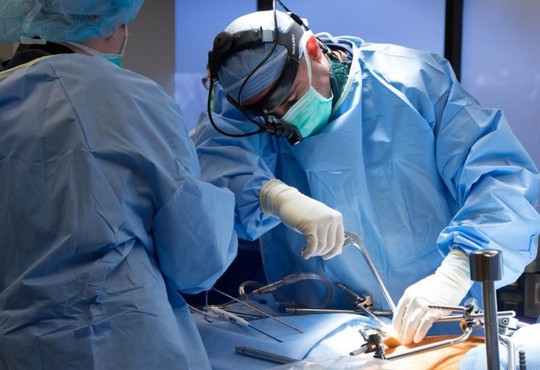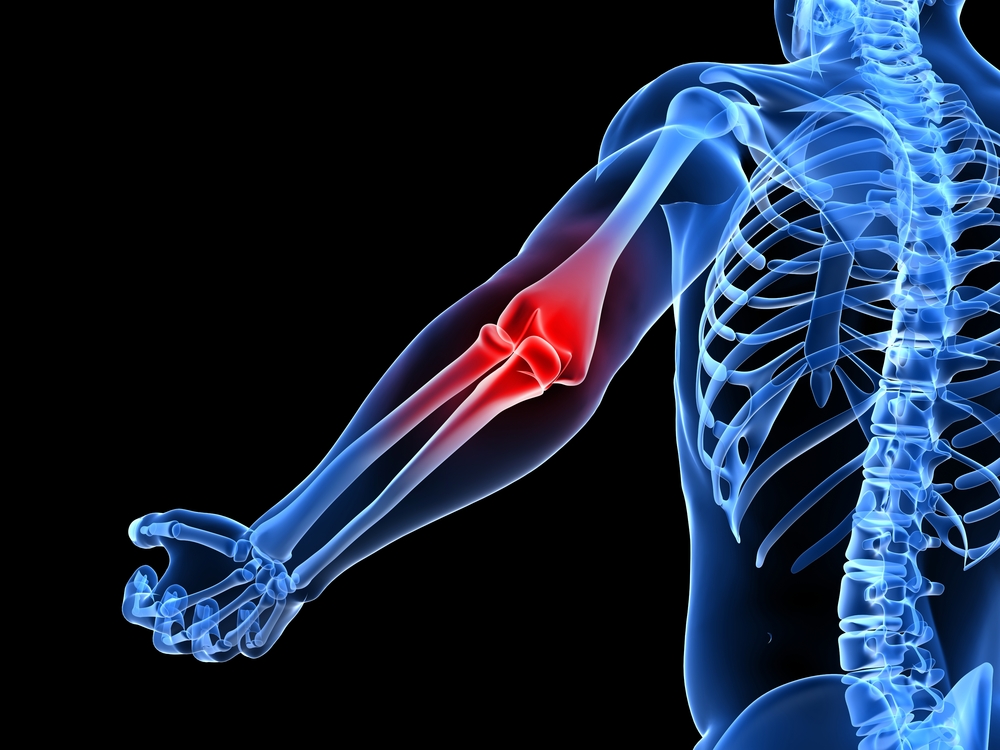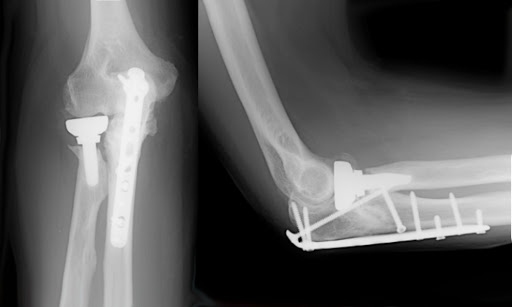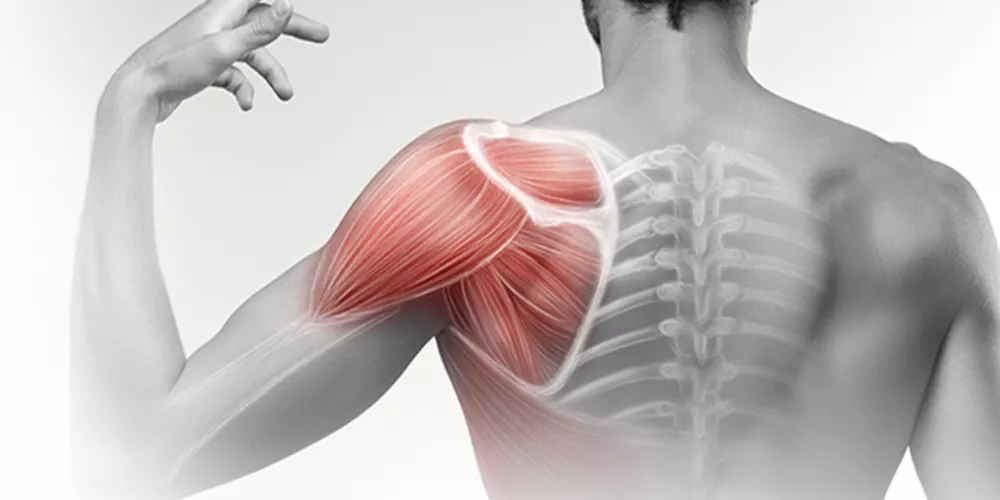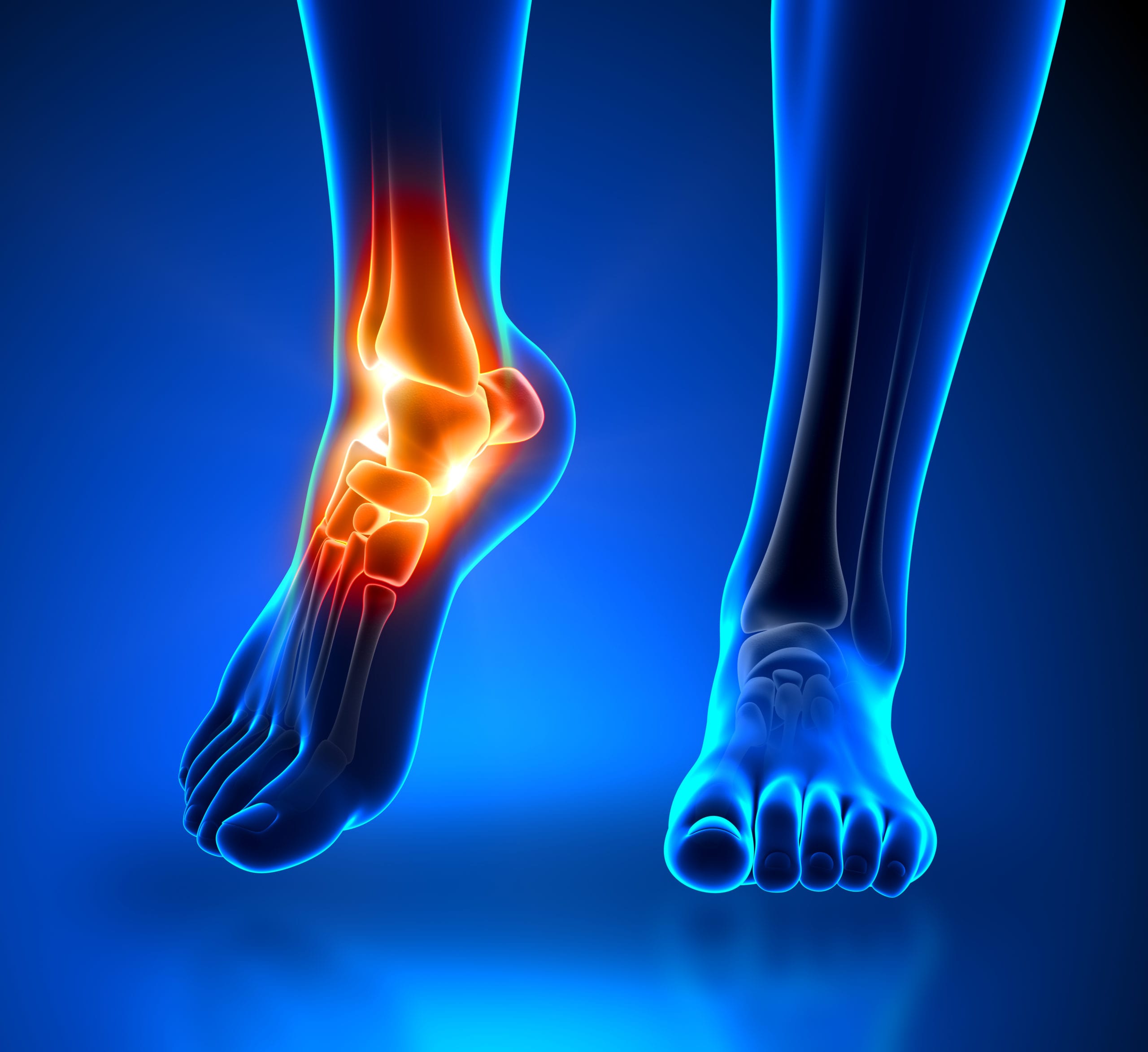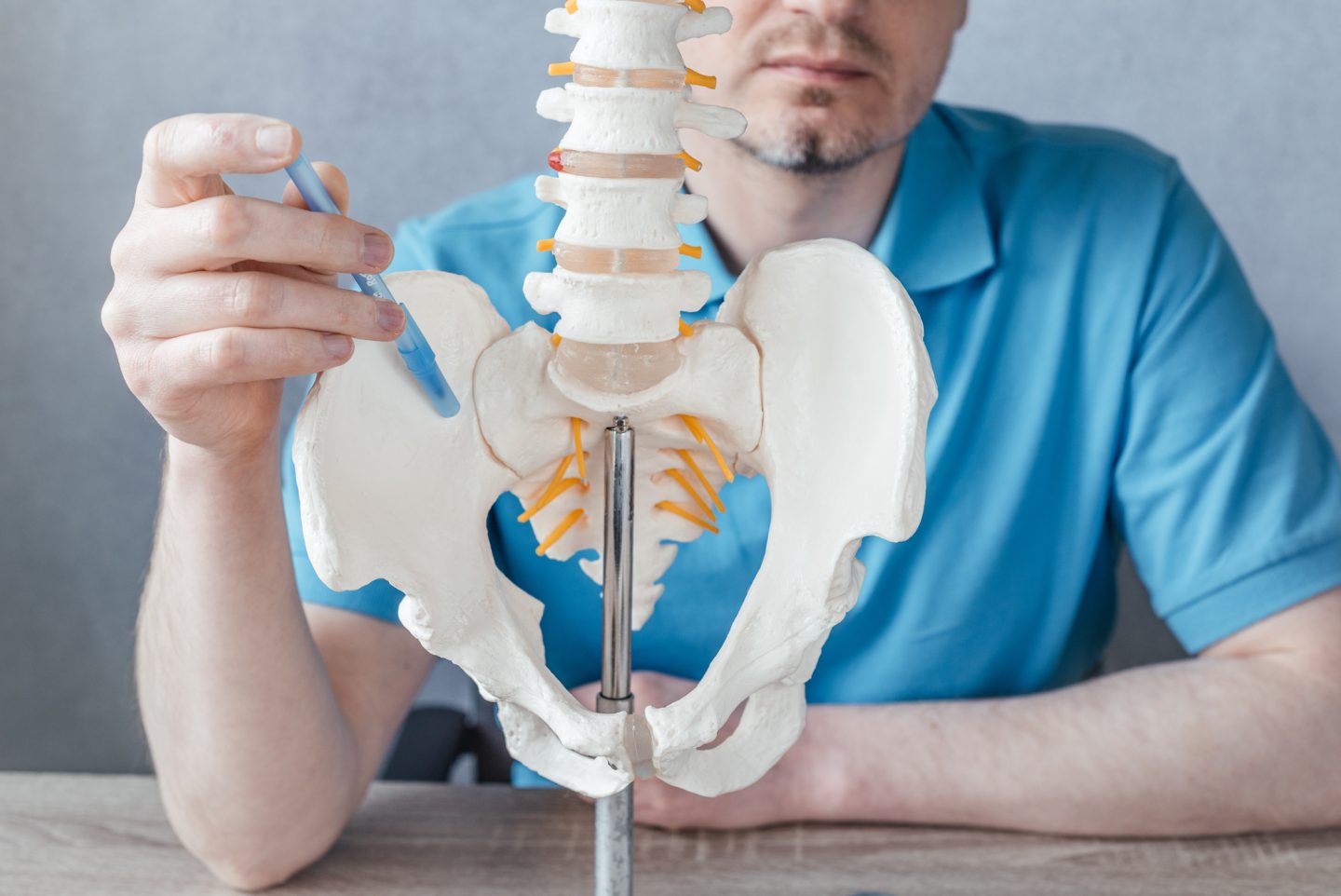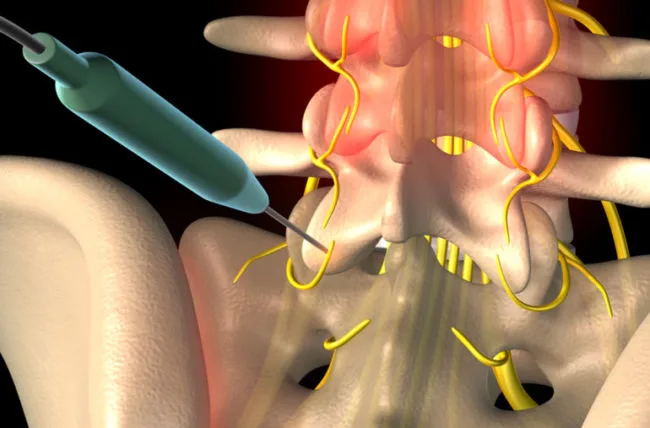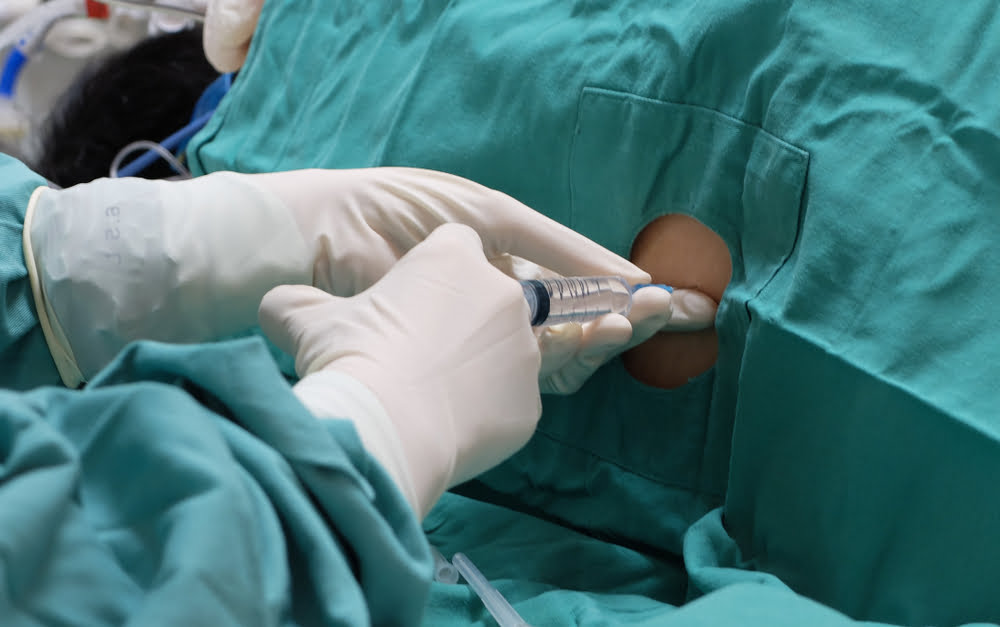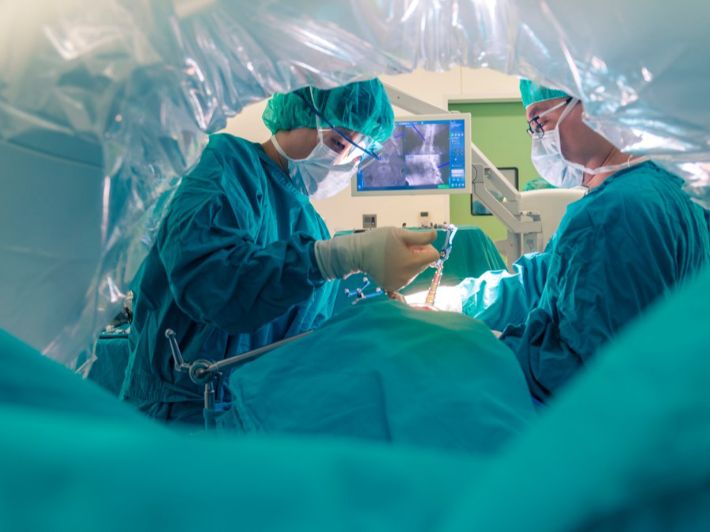Hip Joint Replacement Surgery
Hip Joint Replacement Surgery
If you suffer from hip joint pain and find it difficult to perform daily activities, hip joint replacement surgery may be the ideal solution for your problem. It is a common surgical procedure that involves replacing the damaged part of the joint with artificial components. Instead of feeling excruciating pain, the patient experiences greatly improved mobility and reduced pain after the surgery. In this article, we will discuss hip joint replacement surgery and what it means for patients.

Hip Joint Replacement Surgery
“Get rid of leg problems and get ready for an active life with Dr. Amr Amel’s innovative hip joint replacement surgery.”
Hip joint replacement surgery is a surgical procedure used to replace a damaged joint with artificial components. This surgery is performed for various reasons such as arthritis, acute injuries, or diseases affecting the joints. Even the simplest movements can become painful and moderately difficult when the joint that impacts quality of life is damaged. Hip joint replacement surgery is performed by replacing the damaged hip joint with an artificial joint that helps improve function and get rid of annoying pain.
The hip joint replacement surgery can take about one to three hours depending on the complexity of the procedure. There is no need to worry about how long the artificial joint will last, as some artificial joints last for over 15 years.
It is important to rest after the surgery and carefully follow the therapeutic exercises. Activities that exert the joints such as high impact exercises and smoking should be avoided as they can damage the artificial joint. The doctor should be consulted immediately if there is any swelling or other changes. Hip joint replacement is a safe surgical procedure if performed correctly and followed up properly.
Are you looking for comprehensive and reliable information about hip joint replacement surgery? Look no further, our article will provide you with the basics and practical tips to deal with this painful problem.
How is a Hip Joint Replacement Surgery Performed?
Hip joint replacement surgery is performed by following a series of steps that we will explain as follows:
– The patient is put under general anesthesia, and if they have any health problem that prevents general anesthesia, the doctor will resort to using regional anesthesia with a tranquilizer.
– The doctor makes a surgical incision in the skin, either behind the pelvic bones which is common, or from the front or the side.
– The doctor removes the damaged cartilage along with parts of the bone that forms the hip joint where the spherical part of the joint or the femoral head is removed.
– The doctor then fixes a metal stem in the femoral cavity and then installs a ceramic or metal spherical head on that stem, to mimic the part that was removed from the femur and replace it.
– After that comes the step of scraping or removing the damaged cartilage from the surface of the acetabular cavity of the pelvic bone and replacing it with another metal piece that is fixed in place of the acetabular cavity that was removed. Usually this metal piece is coated with a plastic or other material to facilitate the partial gliding of the new artificial hip joint during movement.
– The doctor then checks the movement of the new joint and its degree of stability and closes the wound with a certain type of sutures and places a dressing over it.
Exercises After Hip Joint Replacement Surgery
When a patient undergoes hip joint replacement surgery, exercise and physiotherapy are an important part of the recovery phase. Since rest is required, specialized exercises tailored for the patient help increase muscular strength and improve movement of the new joint, as well as help the patient return to daily life quickly.
Dr. Amr Amel, a joint surgery expert, recommends the following exercises to improve the physical condition of patients undergoing hip joint replacement surgery:
– Sitting and standing exercises: To stimulate the knee and thigh and stimulate movement of the new joint.
– Walking exercise: Helps strengthen muscles and improve balance.
– Muscle strengthening exercises: Help strengthen weak muscles due to the patient being in bed for a long time.
– Leg lift exercises: Helps strengthen the joint, improve its movement and prevent swelling of the lower extremities.
Undergoing hip joint replacement surgery is exhausting, but specialized physiotherapy and exercises can help the patient improve final outcomes and return to daily life as naturally as possible. Doctors also recommend that patients do special strength and flexibility exercises after surgery.

After Hip Joint Replacement Surgery
After hip joint replacement surgery, the patient must focus on the post-treatment phase to achieve the desired results. It requires a lot of patience and dedication to successfully recover from surgery. The after hip joint replacement surgery phase involves providing rest, reducing strenuous activities, and following the instructions provided by the doctor.
All patients must properly clean their wounds and follow proper procedures to prevent complications by taking medications prescribed by the doctor and visiting him regularly. If required, electrical therapy sessions, physiotherapy or psychological counseling may be needed, and continuous monitoring of health indicators remains an important part of the healing phase.
Dr. Amr Amel says that there are a set of post-treatment advice that should be followed, including quitting cigarette smoking and avoiding overeating, walking regularly, avoiding excessive risks of injury, focusing on general rest and good sleep, slowly returning to physical activity, and communicating well with the specialist doctor to follow instructions correctly.
Tips After Hip Joint Replacement
After surgery, the body works to recover from the effects of hip joint replacement surgery, so doctors recommend following some tips that help improve the final results of the surgery and reduce recovery time. Here are some important tips after hip joint replacement surgery:
– Follow the doctor’s instructions: The patient must adhere to the treating doctor’s instructions and follow them literally, it is not advisable to ignore them at all.
– Maintain weight: Weight gain should be avoided as it may affect the recovery process.
– Physiotherapy: The patient is advised to start physiotherapy and special exercises to strengthen muscles and improve tolerance of the new joint.
– Walk regularly: It is advisable to walk regularly and avoid sitting for long periods to improve blood circulation and reduce the risk of blood clots.
– Take nutritional supplements: Some patients use dietary supplements and vitamins after surgery to speed up the recovery process.
In addition, doctors recommend listening to your body and resting enough to avoid excessive fatigue. It is also important to maintain a healthy, balanced diet and avoid any activities that tire the muscles and affect the recovery process. Be sure to consult your doctor if you feel any pain or discomfort after surgery so that the problem can be diagnosed and dealt with appropriately.
Is Hip Joint Replacement Surgery Risky?
“Get rid of the feeling of restrictions and restraints due to thigh pain, consult Dr. Amr Amel for a hip joint replacement surgery.”
Hip joint replacement, or hip replacement surgery, is a common procedure performed to relieve pain and improve mobility in the affected joint. Some may wonder about the risk level of this surgery, but the truth is that hip joint replacement surgery is not generally risky.
The procedure involves replacing the damaged joint with an artificial joint, which is a completely safe and effective procedure. The patient can return to daily activities after a short period of rest and recovery. However, this surgery can cause some complications, such as wound infections and blood clots (thrombosis). Therefore, the patient must adhere to the surgeon’s instructions and carefully follow the instructions during the recovery period.
For questions about the lifespan of the artificial joint, the time required for the surgery, its costs, rest and recovery periods, the answers to these questions vary from case to case. But in general, a good artificial hip joint can last for several decades, while the rest and recovery period after surgery is about 6 weeks and requires following the exercises prescribed by the surgeon. If you want more information regarding the risks of undergoing hip joint replacement surgery, we recommend reading the following article.
How Long Do Artificial Joints Last?
Artificial joints are an alternative solution for hips damaged by arthritis or wear and tear. It is a surgical procedure that requires removing the diseased joint and replacing it with an artificial joint. But there is an important question that many ask: How long do artificial joints last?
Artificial joints can last 10 to 20 years or more, depending on the patient’s age and activity level. Patients who get artificial joints should avoid activities that place excessive stress on the new joint and lead to severe deviation of the joint, such as running, jumping, and lifting heavy weights.
Accordingly, patients should maintain a healthy weight and rest when fatigued, and restrict their daily activities in order to live longer with their new joint. If there are any signs of artificial joint damage, patients should contact their doctor immediately.
How Long Does Hip Replacement Surgery Take?
Hip replacement surgery is a major orthopedic procedure performed by doctors to relieve patients’ pain and improve hip joint function. Hip replacement surgery usually takes between 1.5 to 3 hours approximately, and requires a hospital stay of 2 to 7 days.
It should be noted that the full return from this type of surgery requires a long time, as the muscle tissues around the joint need time to recover and strengthen. The more the level of activity and ongoing exercise therapy is improved, patients will gradually notice better joint function. Patients must adhere to a program that includes prescribed exercise therapy and completing medical care to return to normal life as quickly as possible.
Rest assured that you are in good and skilled hands with Dr. Amr Amel, the leading expert in hip joint replacement surgeries.
Risks of Hip Joint Replacement Surgery
Hip joint replacement is one of the actual surgical procedures performed by doctors to relieve patients’ pain and improve their movement. However, this procedure carries some risks that everyone considering this surgery should be aware of.
Among the most prominent risks that may occur as a result of hip joint replacement surgery is infection. After the surgery, the wound can become infected with bacteria, which can lead to serious complications. To prevent these risks, the patient must adhere to the prescribed medications and required preventive measures.
Among other possible complications after surgery such as inflammation, venous thrombosis, thigh muscle weakness and nerve compression can also lead to leg swelling. In general, it is preferable to identify the cause of swelling through further examinations and evaluation by your doctor to determine the appropriate treatment.
Hip joint replacement surgery cannot be performed by just anyone, and the patient must be patient and psychologically strong to deal with potential risks. Ultimately, the patient will return to their normal life again after recovering from surgery.
Cause of Leg Swelling After Hip Replacement Surgery
Some patients experience leg swelling after hip replacement surgery, and there are potential causes that may explain why this occurs. This swelling may be mild and only last a few days, however, if it persists long term and becomes painful, the doctor should be contacted. Potential causes of swelling include blocked circulation or fluid accumulation in the tissues near the joint.
Altered blood flow can lead to occlusion and blood stasis in the leg. Additionally, potential post-surgical complications like inflammation, venous clots, thigh muscle weakness, and nerve compression can also cause leg swelling. In general, it is best to have the cause of swelling determined through further evaluation by your doctor to decide on proper treatment.
When Can You Start Walking After Hip Replacement?
After hip replacement surgery, walking can be started right away, but assistance is needed with crutches to maintain stability and balance, and avoid any type of excessive pressure on the new joint. No strenuous physical activities should be done in the first few days, as these activities may affect recovery. As for walking after hip replacement, walking on the ground can be started the same day, but using crutches or a walker.
The patient’s ability to walk is evaluated on the first day after the operation, and the time when the patient is allowed to walk is determined based on their condition and recovery. Walking without hip joint shoe support can be done after about six weeks, but this depends on the patient’s muscle strength and experience.
The patient still keeps the crutches for up to 12 weeks after the operation to maintain stability and balance. It is also important to practice special exercises to strengthen the muscles around the new joint area, so that the patient can safely and smoothly return to daily life.

Partial Hip Replacement Surgery
Partial hip replacement surgery is a surgical procedure in which the surgeon removes the damaged parts of the hip joint and installs an artificial joint. This type of surgery is an appropriate option if hip pain impairs movement and greatly affects quality of life. According to doctors, partial hip replacement surgery is a successful and effective surgical procedure to improve the patient’s health condition. Here are some key points about this procedure:
– The cost of partial hip replacement surgery in Egypt depends on several factors, such as age, patient’s condition, and location of the surgical procedure.
– Although the joint surgery itself does not lead to death, there are some patients with known or unknown health problems, which increases the risk of surgery.
– Care should be taken to follow the medical guidance provided by the treating physician and adhere to the necessary treatments after surgery.
– One of the main benefits of partial hip replacement is reducing pain and improving natural hip movement.
– Partial hip replacement surgery improves the patient’s quality of life as pain and difficulty moving are eliminated and natural hip movement is restored.
Partial hip replacement surgery can be the best investment step you will ever take in your life, as it will give you back a completely healthy and active life as it was in the past. So take the step now and eradicate hip pain from the roots.
How Much Does Hip Replacement Surgery Cost in Egypt?
“Book an appointment now at Dr. Amr Amel’s clinic and benefit from the distinguished expertise in hip replacement surgery, and get ready for a pain and restriction free life.”
The cost of an artificial hip joint occupies many patients who suffer from hip stiffness and are advised by their doctor that joint replacement surgery is the best solution. The cost of the procedure varies according to some criteria, such as joint quality, materials used in the procedure, and the surgeon’s experience.
In general, the cost of hip replacement surgery starts from 100,000 Egyptian pounds, and this greatly depends on the second criterion we mentioned earlier, which is the experience of the surgeon performing the procedure. Therefore, it is important that the procedure be performed in experienced and qualified hands to get good results and avoid side effects that could lead to potential complications in the future.

